week 10 composites
In this assignment, I did the modelling of the mold, Ankita helped me in laser cutting. I and Ashris together made the fabric composite.
Making composites is a lesson I first learnt in Material Science course at TU Delft. The art of changing properties of material as per design requirement is revolutionary. I learnt theoritical aspect and did a few experiments with Glass (reinforced) then. A semester later I had attended a workshop "lightness". This was amazing opportunity to make components using resin and glass fibres. We used vaccum bags and pump to make those components. Results were satisfactory. For this assignment, we had made a model which required three dimentional milling. This was not possible with our lab at a moment, therefore we used that model for 3D printing. Keeping in mind production technique for mould, we started designing an undulated surface in Sketchup (using landscape commands).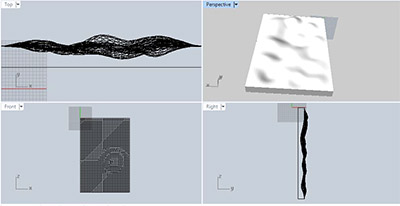
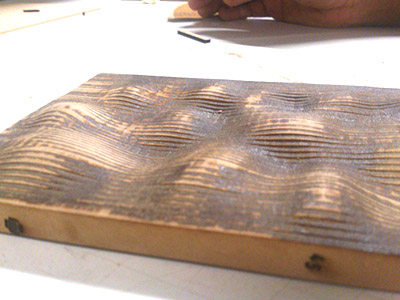
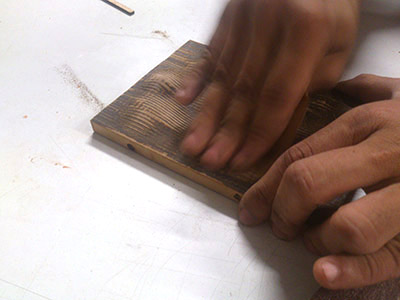
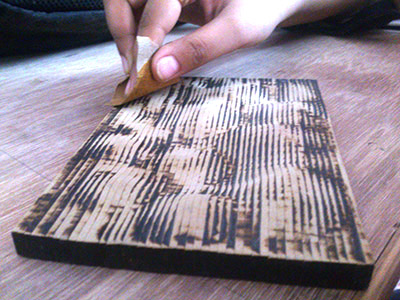
It was sanded to achieve desired smoothness
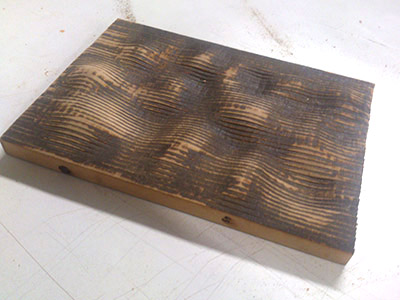
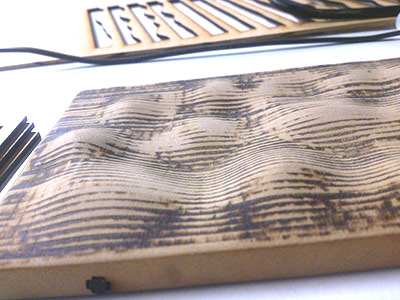
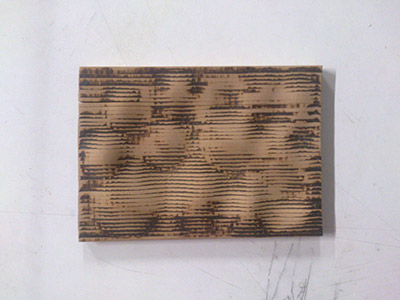
Due to lack of tools availability (Vaccum bags, pump) we are not able to complete casting. However, we plan to pour simple resin (epoxy) on fabric to understand how it reacts and what are the results.
When we still couldn't get the tools, we decided to go with a composite of fabric and glue, i.e fevicol resin.

The mold was placed on the table

Fabric and Fevicol resin were used.

Fevicol was poured into a container.

It was diluted to a 1:3 fevicol to water ratio mix.

It was stirred properly to get a uniform consistency.

Fabric was dipped into the mix.

And was placed on the mold.

It was carefully flattened out.

Multiple layers were placed on the mold in the same manner.

It was then placed in the sunshine to dry

The composite was hard and had taken shape after a few hours.
